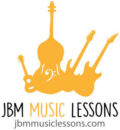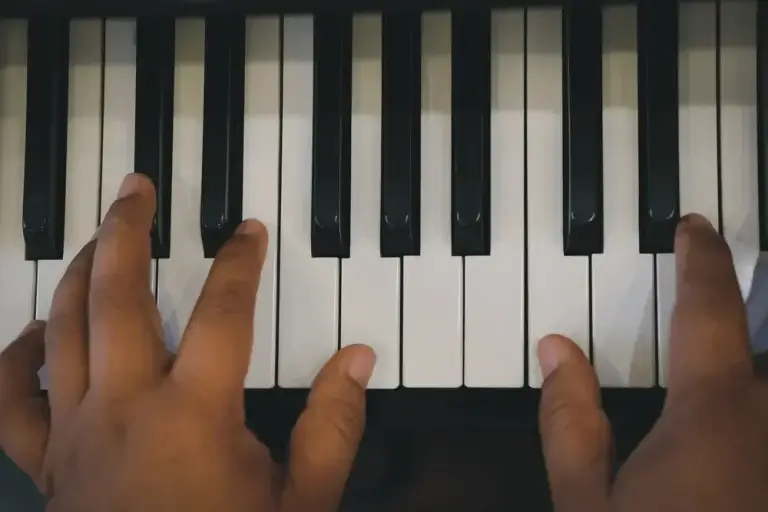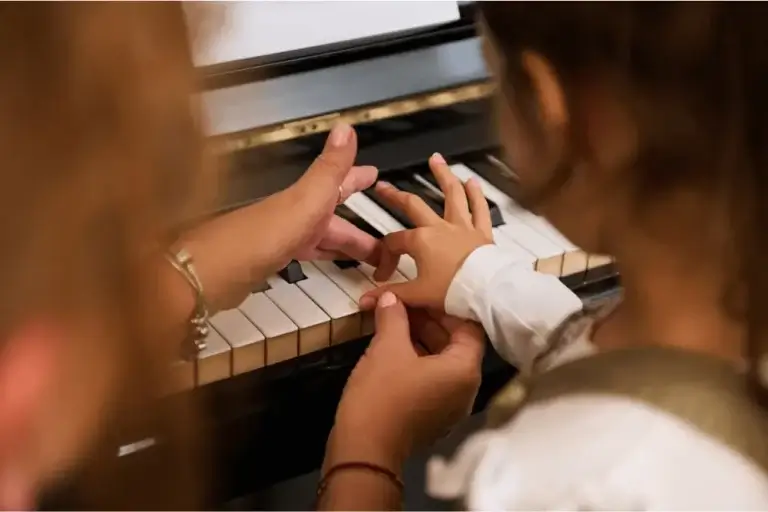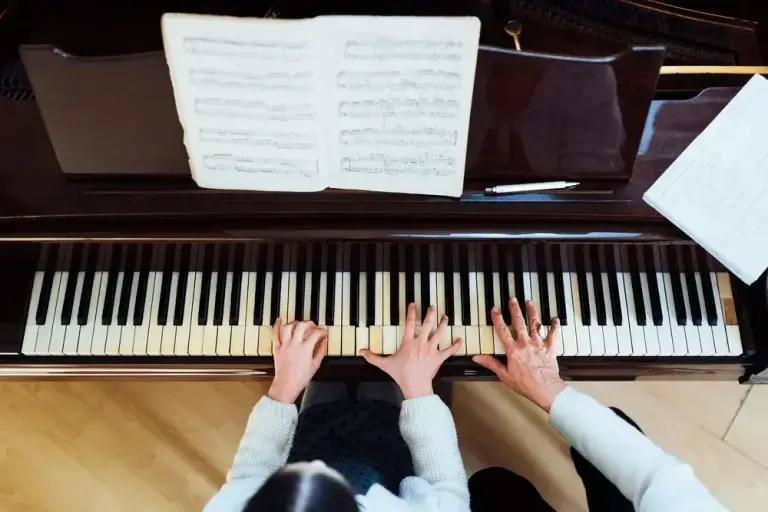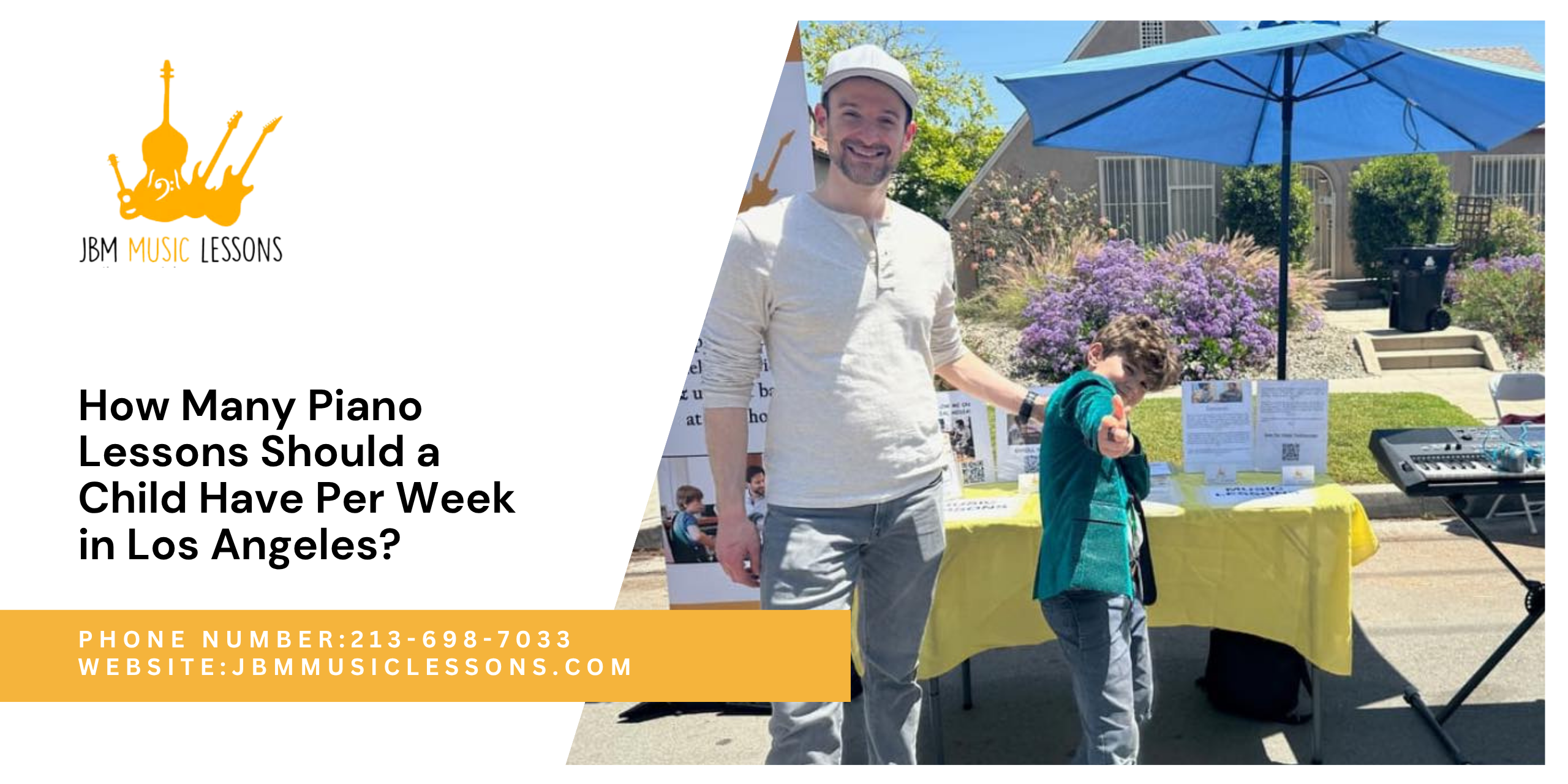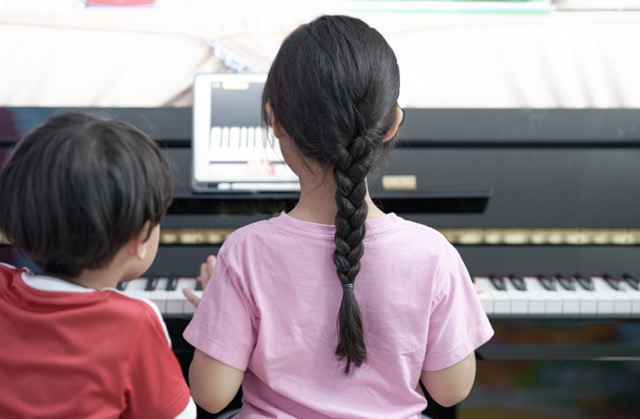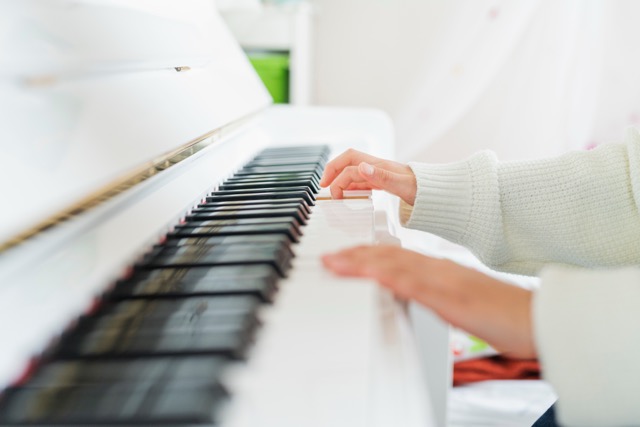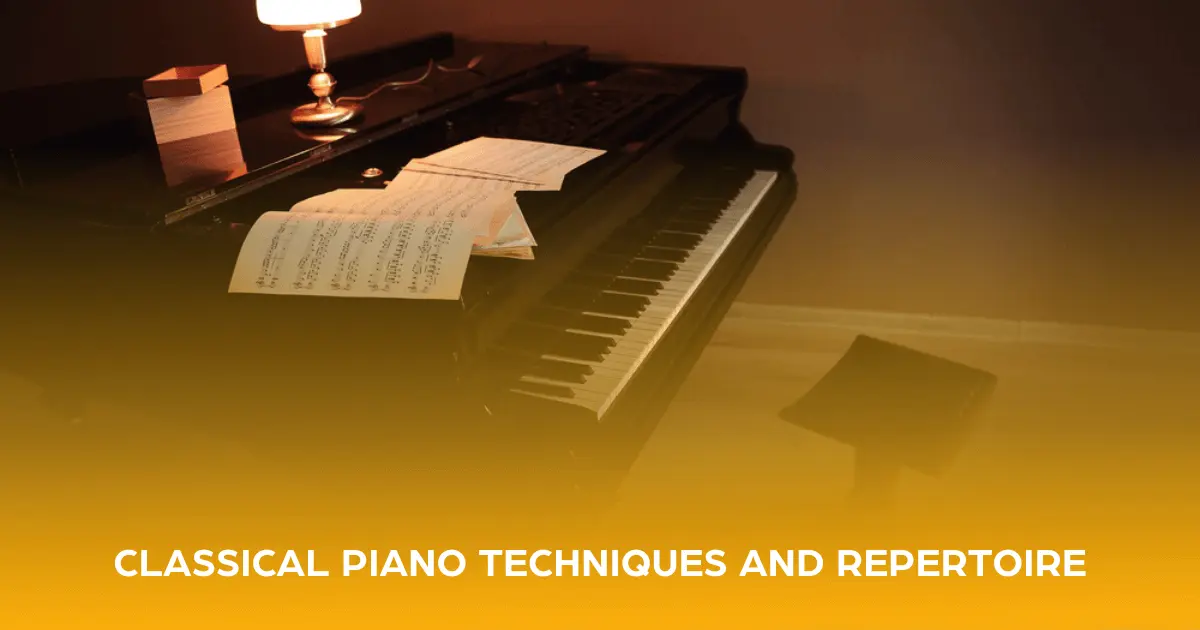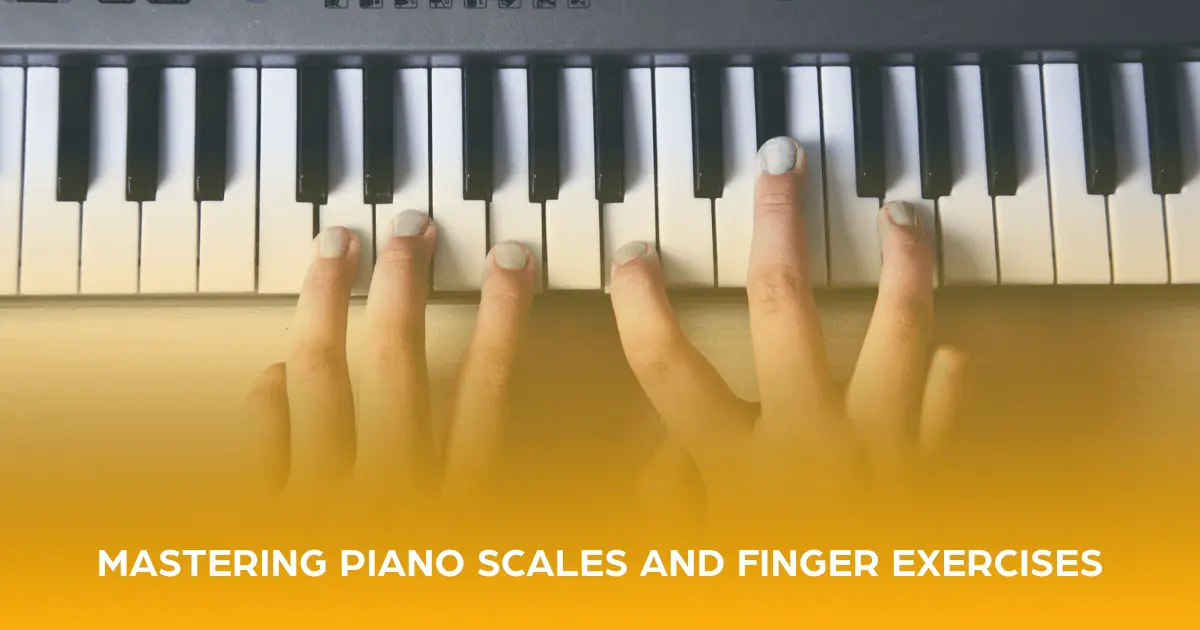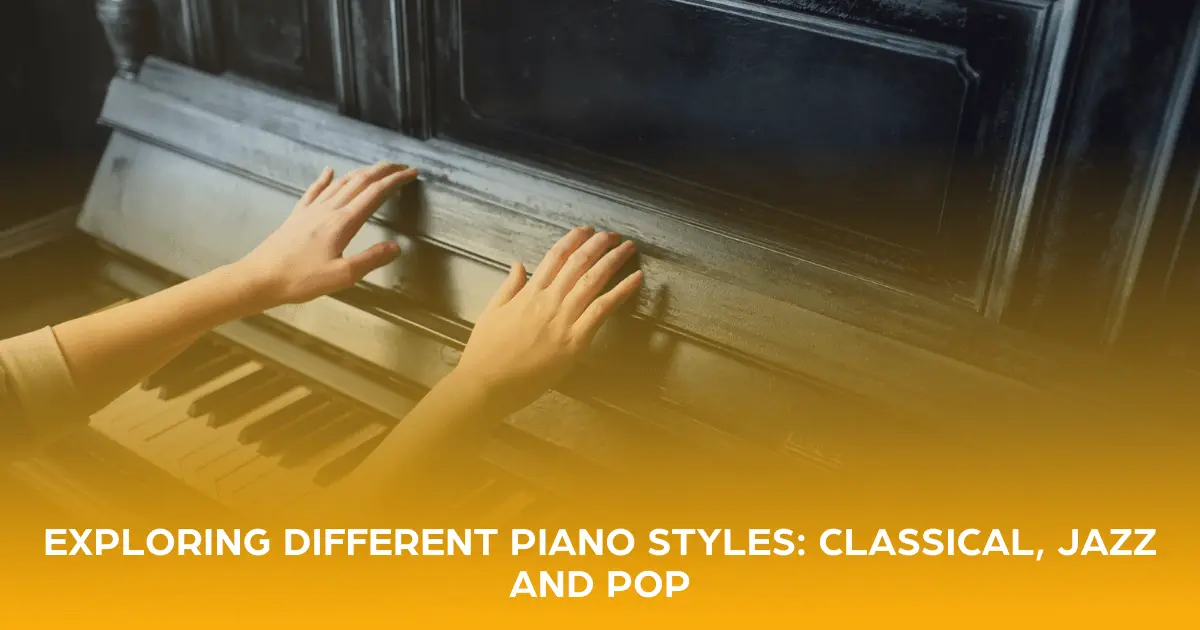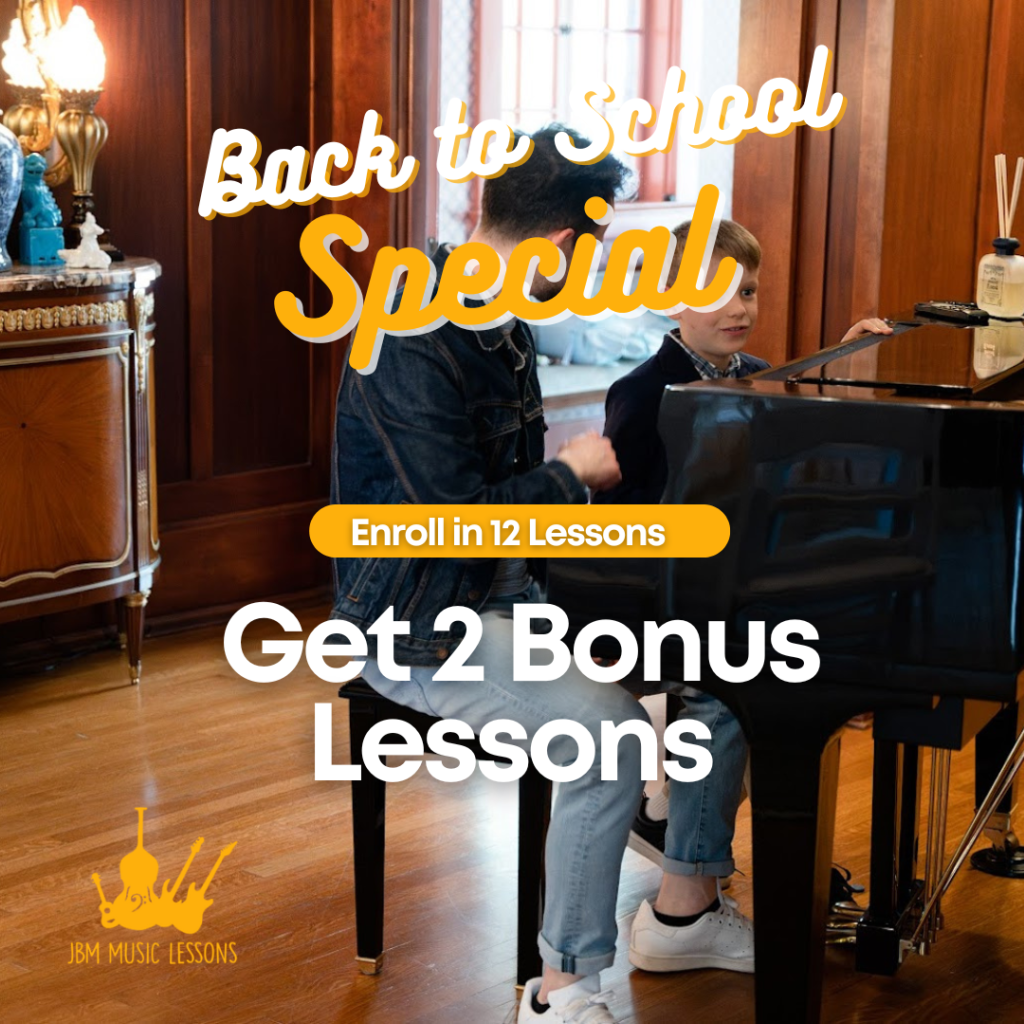Learning to play the piano is not only a rewarding experience but also an enriching one. It opens up a world of creativity, self-expression, and musical enjoyment. Whether you aspire to become a concert pianist or simply want to play for your own pleasure, the piano offers endless possibilities for growth and discovery. Music is a universal language, and the basics are essential if you’re a beginner getting lessons for the first time or have been playing piano for a while.
In this guide, I’ll cover everything you need to know to get started with the piano, from choosing the right instrument to learning basic techniques and starting your first song. By the end of this guide, you’ll have the knowledge and confidence to embark on your piano-playing adventure with enthusiasm and excitement.
So, let’s learn piano music together!
Table of Contents
ToggleUnderstanding Piano Basics
Now that you’ve chosen the right piano, it’s time to familiarize yourself with some basic concepts of piano playing. Understanding these fundamentals will help you learn to play the piano or keyboard of your choosing.
Piano Keyboard Layout
The piano keyboard consists of 88 keys arranged in a repeating pattern of white and black keys. The white keys represent the natural notes (A, B, C, D, E, F, G), while the black keys represent the sharp (#) and flat (b) notes. Middle C is often used as a reference point on the keyboard.
Piano Keys, Notes, and Octaves
Each key on the piano keyboard corresponds to a specific musical note. Notes are named after the letters of the alphabet (A, B, C, etc.) and can be represented by symbols on sheet music. Octaves are groups of eight consecutive notes, spanning from one letter name to the next (e.g., C to C, D to D).
Music Notation
Music notation is a system of writing music using symbols and markings on a staff. The staff consists of five lines and four spaces, each representing a different pitch. Notes are placed on the staff to indicate their pitch and duration, while other symbols such as clefs, key signatures, and time signatures provide additional information about the music. Understanding these fundamentals is crucial in both grand and upright piano lessons, helping students read and interpret musical compositions accurately.
Posture and Hand Position
Proper posture and hand position are essential for efficient and comfortable piano playing. Establishing good habits will help prevent injury and allow you to play the piano easily and control it.
Sitting at the Piano
When sitting at the piano, maintain a relaxed and upright posture. Sit towards the front of the bench with your feet flat on the floor. Your knees should be slightly below the level of the keyboard, and your back should be straight but not rigid. This posture advice is crucial in adult piano lessons to prevent strain and promote ease of playing as you learn and improve.
Hand Position
Position your hands comfortably over the keyboard with your wrists level with the keys. Keep your fingers curved and relaxed, with your fingertips resting on the keys. Avoid tensing up or gripping the piano keys too tightly.
Finger Numbering
Finger numbering is a system used to identify each finger of the hand. The thumb is referred to as finger 1, followed by fingers 2 through 5 (index to pinky). Familiarize yourself with finger numbering to facilitate proper hand placement and coordination when playing piano.
Exercises
Practice exercises to develop strength, flexibility, and control in your hands and fingers. Start with simple finger exercises, such as playing scales and arpeggios, to warm up and build dexterity. Focus on maintaining a relaxed and fluid motion while playing.
Learning Basic Techniques
Now that you’re comfortable with the piano keyboard and hand position, it’s time to start learning some basic piano techniques. Before playing fully-fledged songs, you need to practice piano basics between lessons.
Finger Exercises
Begin with finger exercises to strengthen and coordinate your fingers: practice playing scales, arpeggios, and simple patterns using all five fingers of each hand. Focus on maintaining evenness and control in your playing, essential skills emphasized in kids’ piano lessons to help young learners develop their musical abilities effectively.
Playing Scales
Scales are fundamental to piano playing and provide a foundation for understanding music theory. Start by learning major and minor scales in different keys. Practice playing scales smoothly and evenly, paying attention to fingering and hand coordination.
Playing Chords
Chords are groups of three or more notes played simultaneously. Learn basic chords such as triads (major and minor) and seventh chords. Practice playing chords in different inversions and progressions to familiarize yourself with common chord patterns.
Playing Melodies
Once you’re comfortable with scales and chords, try playing simple melodies. Start with familiar tunes or beginner-friendly songs with straightforward melodies. Focus on playing each note accurately and maintaining a steady rhythm.
Start Playing Songs
Now that you’ve learned some basic techniques, it’s time to put them into practice by playing your first song on the piano. Starting with a simple piece will help you apply what you’ve learned and build confidence in your playing. When you learn piano, your main goal is to learn songs, so this is when you put your skills into practice.
Selecting a Song
Choose a beginner-friendly song that matches your skill level and musical interests. Look for songs with a straightforward melody and simple chord progressions. Popular options for beginners include traditional folk songs, children’s songs, and simplified arrangements of popular tunes.
Reading Sheet Music
If you’re unfamiliar with sheet music, take some time to learn the basics of music notation. Familiarize yourself with the staff, notes, clefs, and other symbols commonly used in sheet music. Practice identifying notes on the keyboard and associating them with their corresponding positions on the staff.
Playing the Song
Start by practicing each song section separately, focusing on mastering the melody and chord progressions. Take it slow and pay attention to rhythm, dynamics, and expression. Once comfortable with each section, gradually piece them together to play the entire song.
If You’re a Beginner, Contact Me to Get Started and Learn How to Play the Piano Today!
At JBM Music Lessons, I’m proud to offer a variety of piano lessons for pianists of all ages and skill levels. My custom lesson plans let kids and adults learn piano while developing a newfound love for music. My lessons are available in Los Angeles and surrounding areas.
It’s a great idea to learn piano with the guidance of a teacher. However, you should remember that the most important thing is to enjoy learning and playing the piano. Embrace challenges, celebrate achievements, and never stop exploring the beautiful world of music. Contact me today to start your piano lessons.
